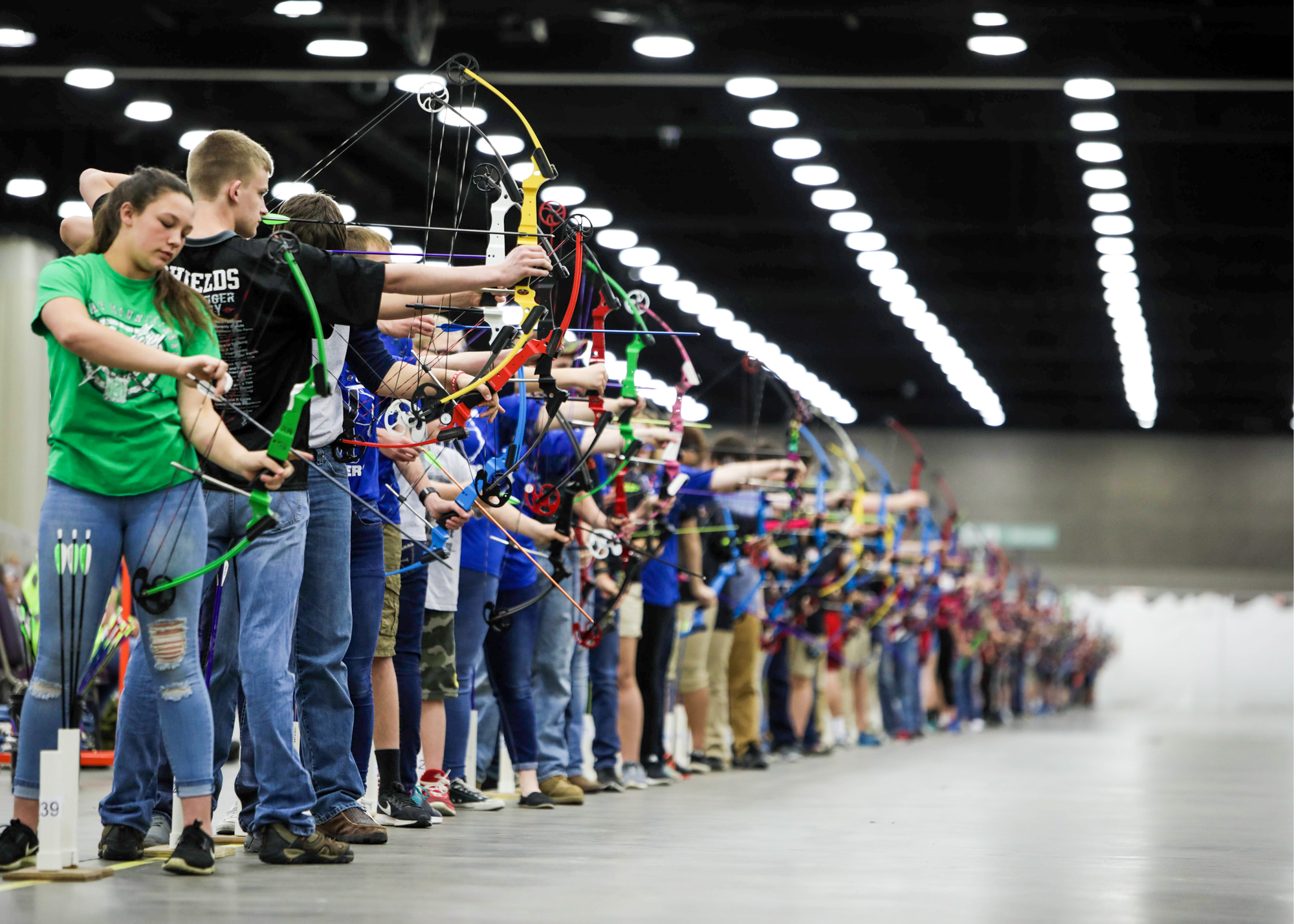Mack S. March – It’s common knowledge that we use muscles, big or small, for everything. Whether you train, participate in sports, or just have a life, you engage, use, and push them. So what muscles are used the most in archery? How can an archer train them and what are prevalent injuries? Well, there are many conflicting answers so I did some personal research on the body and muscles as well as the beneficial exercises and injuries that can occur. But to better understand it, while also checking my information, I asked an assistant professor at the Spalding University of Athletic Training, Beth Shoulders.
The main muscles used are in the back, arm, and shoulder areas. Ms. Shoulders had explained to me that the back muscles, the Supraspinatus and the Infraspinatus, along with the muscles in the Rotator Cuff, or Teres Major and Minor, acquire the most strain, along with the Biceps and Subscapularis. The Deltoid, Trapezius, Rhomboid Major, and Minor also contend to strain, though not as much as the previously mentioned ones. In total these muscles are in control of the pulling and holding motions in archery, which means they are some of the most important ones.

When asked about training and exercise, Ms. Shoulders had much to say and offered many suggestions. She encourages isometric exercises, as they are great for archery, and explains that “Isometric [exercise] just means the muscle doesn’t change length and the joint doesn’t move.” There are many exercises within this group but Ms. Shoulders recommends a simple plank as it builds good arm and core strength. It’s also mentioned that whether you’re training or exercising, people need to know the difference between soreness and pain. She describes the difference as, “Soreness will be immediate during the exercise and go away once the stress is gone, but will most likely return 24-48 hours later in what is called Delayed On-Set Muscle Soreness (DOMS). Pain is when the exercise hurts even after the stress of the exercise is gone.” Hurting can be caused by a multitude of things, like improper form or too strenuous of an exercise for your current level. If an exercise is hurting and you don’t stop, it can lead to severe inquiries and cause more issues in the future.
Injuries in archery are relatively uncommon, but if they do happen, they are due to overworking of the muscle or mistakes made in the archery process. There are simpler ones, like bloody fingers and scraped arms, but Ms. Shoulders contends that injuries like Rotator Cuff tears or glenohumeral labrum tears can sometimes be common in archers, as they are a result of the overuse of the pulling motion.
If you’re going to practice and train, give your muscles time to recover, especially your upper body. If you think it’s pain or it’s a little too sore, just stop and talk to a medical professional. The last thing you want is to tear or hurt something of importance and watch as the world keeps turning while you miss it.



